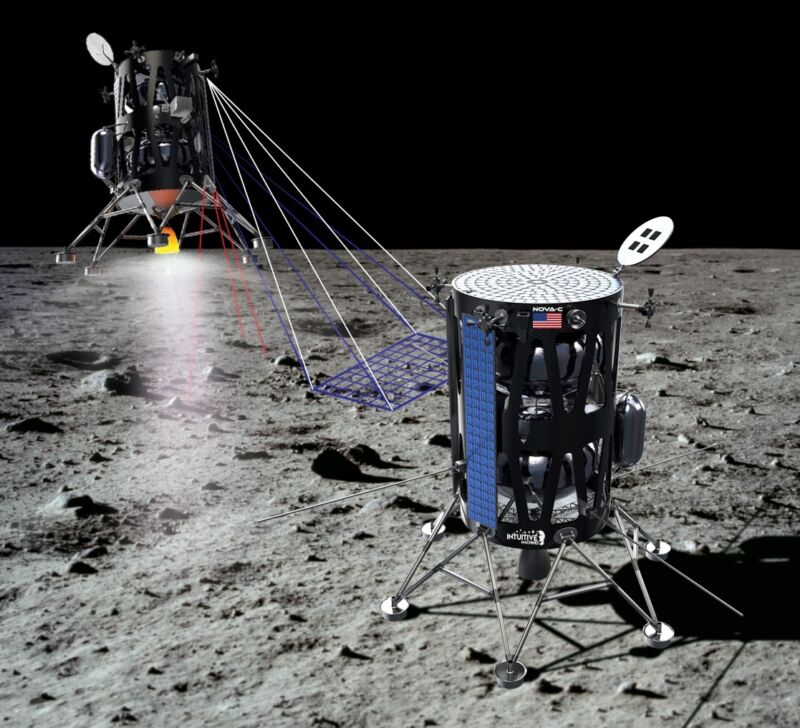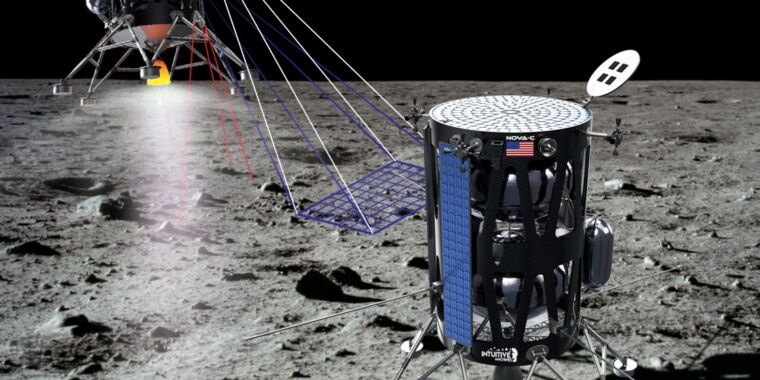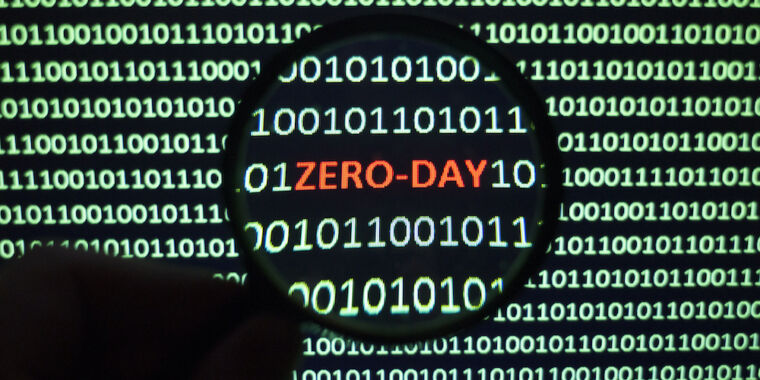
On May 5, 2022, the seismometer on board the InSight lander recorded a quake of magnitude 4.7 on the Martian surface, despite the epicenter being 2,250 km from the lander. It was one of the largest quakes recorded on Mars and the largest recorded by the Insight mission. In September, in the first measurement of its kind, the instrument registered a quake generated by a meteorite impact on Mars.
InSight’s seismometer is called the Seismic Experiment for Internal Structure (or SEIS), and it has recorded these and 20 odd additional quakes. Now, an instrument based on the same design will measure ground vibrations on the far side of the Moon, the first seismographs on our neighbor since the Apollo era.
Down to SEIS
Developed by the Institut de Physique du Globe de Paris (IPGP) and the French space agency CNES, the SEIS Very Broad Band (VBB) seismometer that’s now on Mars can detect the tiniest movements—to the tune of 10 picometers, which is much smaller than an atom. Consisting of three pendulums placed at 120 degrees to each other, SEIS measures the vertical and horizontal vibrations of the Martian surface.
During the development of InSight, a spare model of SEIS was built. Now, the VBB from this spare will be part of the Farside Seismic Suite that will be deployed on the Moon in 2025 as part of NASA’s Commercial Lunar Payload Services program. It is one of the two seismometers that will operate on the far side of the Moon in an impact crater called Schrödinger basin. The other seismometer will be a short period sensor.
According to Gabriel Pont, Farside Seismic Suite project manager at CNES, the instrument on the Moon will have only one broadband pendulum that will measure vertical ground vibrations. The short period sensor will handle the measurements in the other directions.
The new environment required minimal changes. “We used a spare model of the SEIS instrument. The Farside Seismic Suite seismometer will be tuned for lunar gravity. It will be placed in a vacuum protection case called seismobox,” Pont said.
Philippe Lognonné of IPGP and University Paris Cité, who is the principal investigator of SEIS on Mars and the lead co-investigator of the broadband sensor on the Farside Seismic Suite, said the single vertical axis sensor would be used with little modification. “Depending on the frequency, this seismometer will be either comparable or up to 10 times better than the Apollo seismometers,” Lognonné remarked.
Lots of firsts
The Farside Seismic Suite will mark the first time that a seismometer will be placed on the lunar surface since the Apollo missions. It will also be the first time that a seismometer will operate on the far side of the Moon.
“The originality of the Farside Seismic Suite is that it will be independent of the lander. That’s because it has to survive several lunar days and nights, which is not the case for the lander. The Farside Seismic Suite will have its own solar panels, antennas to talk with the orbiters, and its own thermal control devices,” Pont said.
According to Pont, one of the key objectives of Farside Seismic Suite is to determine the seismic activity and the impact rate of micrometeorites in the region where it lands. “This can also be useful for future exploration missions, whether manned or deploying a telescope on the Moon’s far side,” Pont said.
“Over a long period, the VBB will be able to detect the interaction of seismic waves with a possible deep molten zone of the Moon. This is crucial for understanding how the Moon has evolved since its formation,” Lognonné added.
SEIS’s success on Mars and its selection for the next lunar mission comes after years of research and development. Lognonné recalls the first proposal for the broadband seismometer at IPGP was accepted in 1993. “Since the mid-1990s, we started its development and worked continuously to make it ready for flight. It took us 15 years before it was selected in early 2010 for the InSight mission,” said Lognonné, who has been working on the project since its inception.
Dhananjay Khadilkar is a journalist based in Paris.








